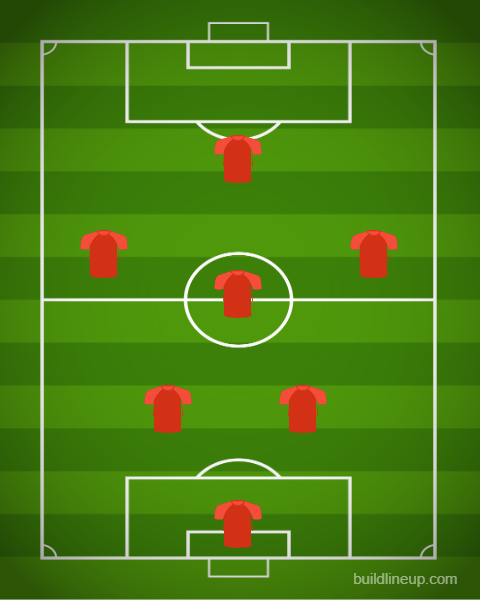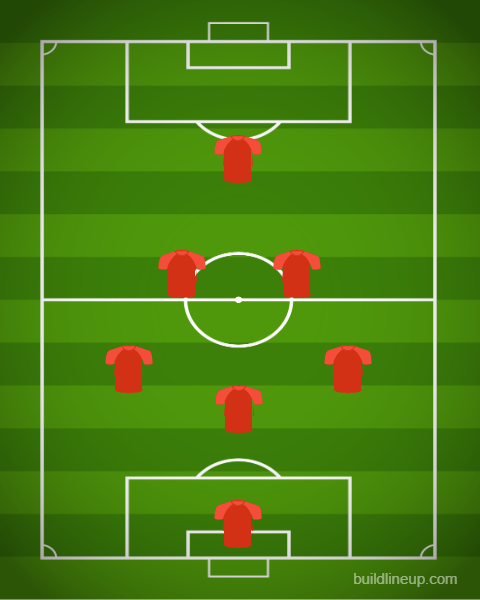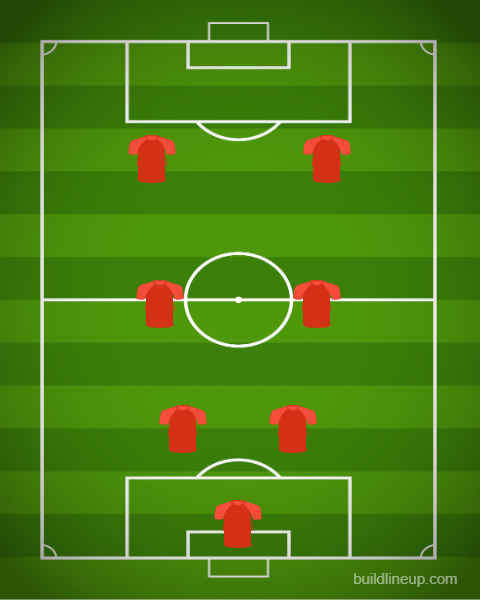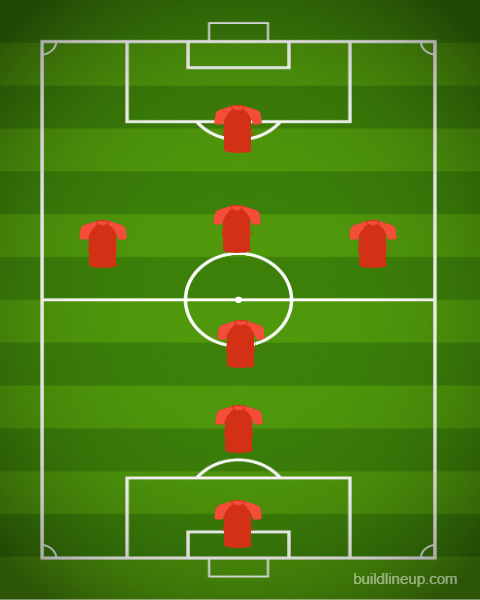Soccer is a sport that follows certain regulations, including the number of players on the pitch and the size of the field. While the standard game is played with 11 players on each side, there are also opportunities to play smaller-sided games, such as 7v7 soccer. In this article, we will delve into the world of 7v7 soccer, focusing specifically on formations. Whether you are a coach or a player, understanding these formations and their benefits can greatly enhance your game.
Why Play 7v7 Soccer?
There are several reasons why people choose to play 7v7 soccer. For beginners, it serves as a great introduction to formations without the complexities of 11-a-side games. Additionally, 7v7 soccer offers greater accessibility, as it can be played on smaller pitches in urban areas. It is also an excellent way to improve fitness levels, combining intense gameplay with fun and competition.
Bạn đang xem: 7v7 Soccer Formations: A Comprehensive Guide
The Benefits of Playing 7v7 Soccer
According to the FA, playing 7v7 soccer provides a range of benefits. The fast-paced nature of the game allows players to focus on specific skills, such as communication, decision-making, positioning, passing, and even goalkeeping. Additionally, the smaller pitch size encourages tighter passing angles and increases the need for spatial awareness.
The Best 7v7 Soccer Formations
When it comes to 7v7 soccer formations, there are several options to consider. Let’s explore some of the most effective formations and their pros and cons.
2-3-1 Formation
The 2-3-1 formation is one of the most commonly used in 7v7 soccer. It focuses on packing numbers into the midfield, allowing players to contribute both defensively and offensively. With two defenders, three midfielders, and one striker, this formation provides a solid defensive structure while also offering width through the wider midfielders.
Pros:
- Solid defensive structure with two players.
- Multiple bodies in midfield.
- Wider midfielders provide width.
Cons:
- Without midfield tracking back, defenders can become isolated.
- The lone striker may lack support at times.
3-2-1 Formation
The 3-2-1 formation is a more defensive option, suitable for facing faster or technically superior teams. With three defenders providing support to the goalkeeper, teams can build possession from the back more effectively.
Pros:
- Three-player backline offers a solid defensive structure against stronger opposition.
- Defenders can be flexible, with full-backs pushing up into wider positions and the central defender moving into midfield areas.
Cons:
- Low numbers may leave the team higher up the pitch.
- Limited width in forward areas, limiting forward passing options.
2-2-2 Formation
The 2-2-2 formation is a simple structure that can be easily followed by players with less soccer knowledge and experience. It consists of two defenders, two midfielders, and two strikers. This formation provides flexibility, allowing players to move between positions and contribute both in attack and defense.
Pros:
- Simple and easy-to-understand structure.
- Players can move flexibly, with central midfielders making runs into forward or wing areas and strikers dropping off into midfield.
Cons:
- Lack of width at times.
- Effective communication and cover between players are essential.
1-1-3-1 Formation
The 1-1-3-1 formation may seem more complex, but it offers a balanced approach to 7v7 soccer. It utilizes a diamond midfield, with one defensive central midfielder, one advanced central midfielder, and two wider players on each side. This formation strikes a balance between defense and attack.
Pros:
- More balanced than many other formations.
- Central defensive midfielder provides stability and reduces the risk of defensive isolation.
- Wingers provide width in both midfield and attack.
Cons:
- Risk of splitting the team into separate units, attack, and defense.
- Defensive midfielder shoulders a significant responsibility for tactical astuteness, positional awareness, and ball distribution.
Next Steps
As a coach, experimenting with different 7v7 soccer formations can lead to improved team performance and individual skill development. Consider the pitch size, age group, specific rules, and other factors when selecting a formation for the game. For further resources on coaching and tactics, check out our website for books and guides to help you engage, motivate, and improve your players.
Frequently Asked Questions:
What are the most popular soccer formations?
Soccer formations can vary depending on various factors. Our article on the most popular soccer formations explores shapes and systems such as 4-4-2, 4-3-3, and 3-4-3.
What are the main positions in soccer?
Soccer positions include goalkeeper, defender, midfielder, and attacker. Our guide to soccer positions explained provides detailed information on each key area of the pitch.
How big is a soccer field?
A full-size soccer field can have varying dimensions, typically ranging from 50-100 yards in width and 100-130 yards in length. Optimum size is considered 120 yards by 75 yards; however, sizes may differ within this range.
Nguồn: https://movin993.com
Danh mục: Tin tức







